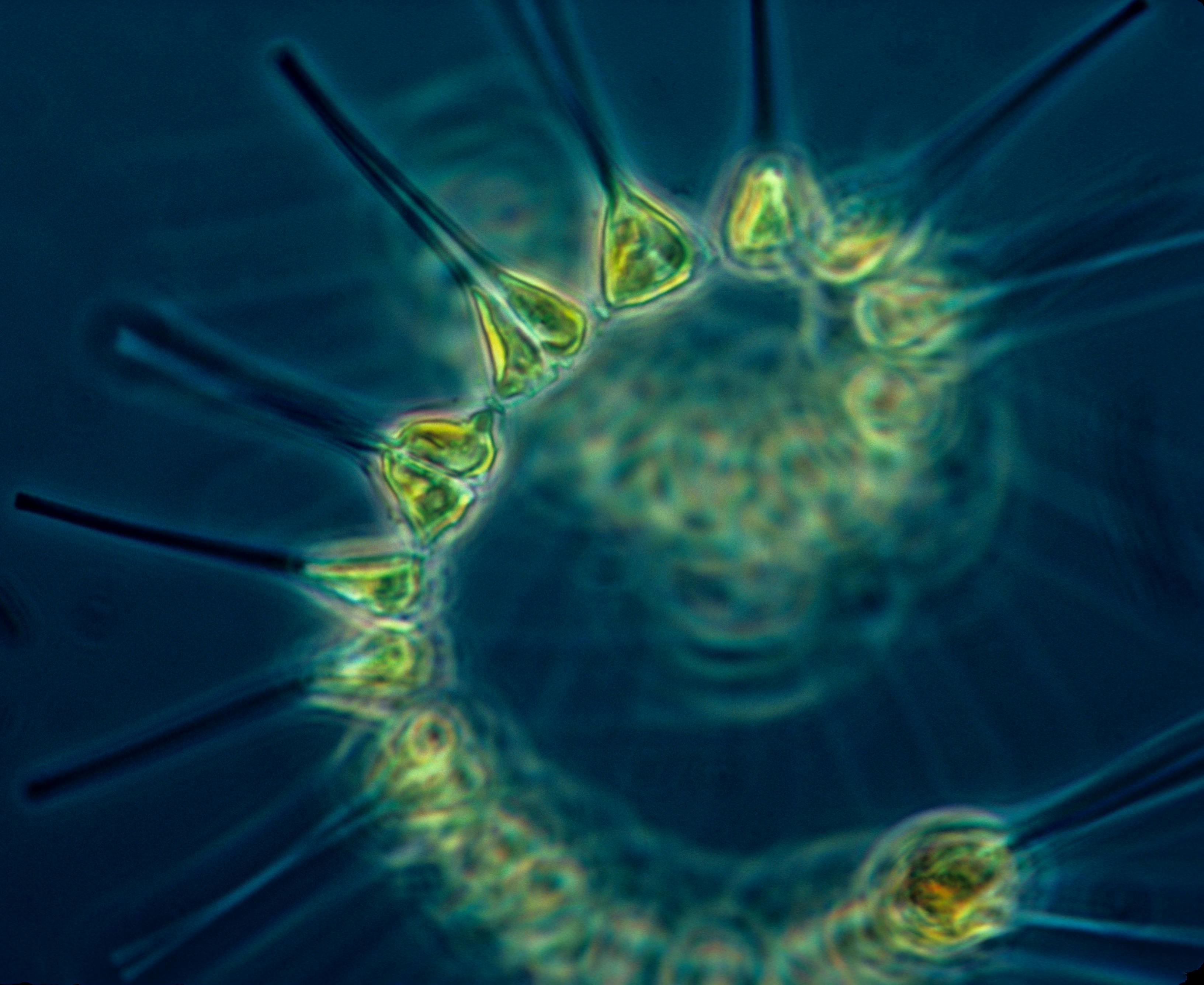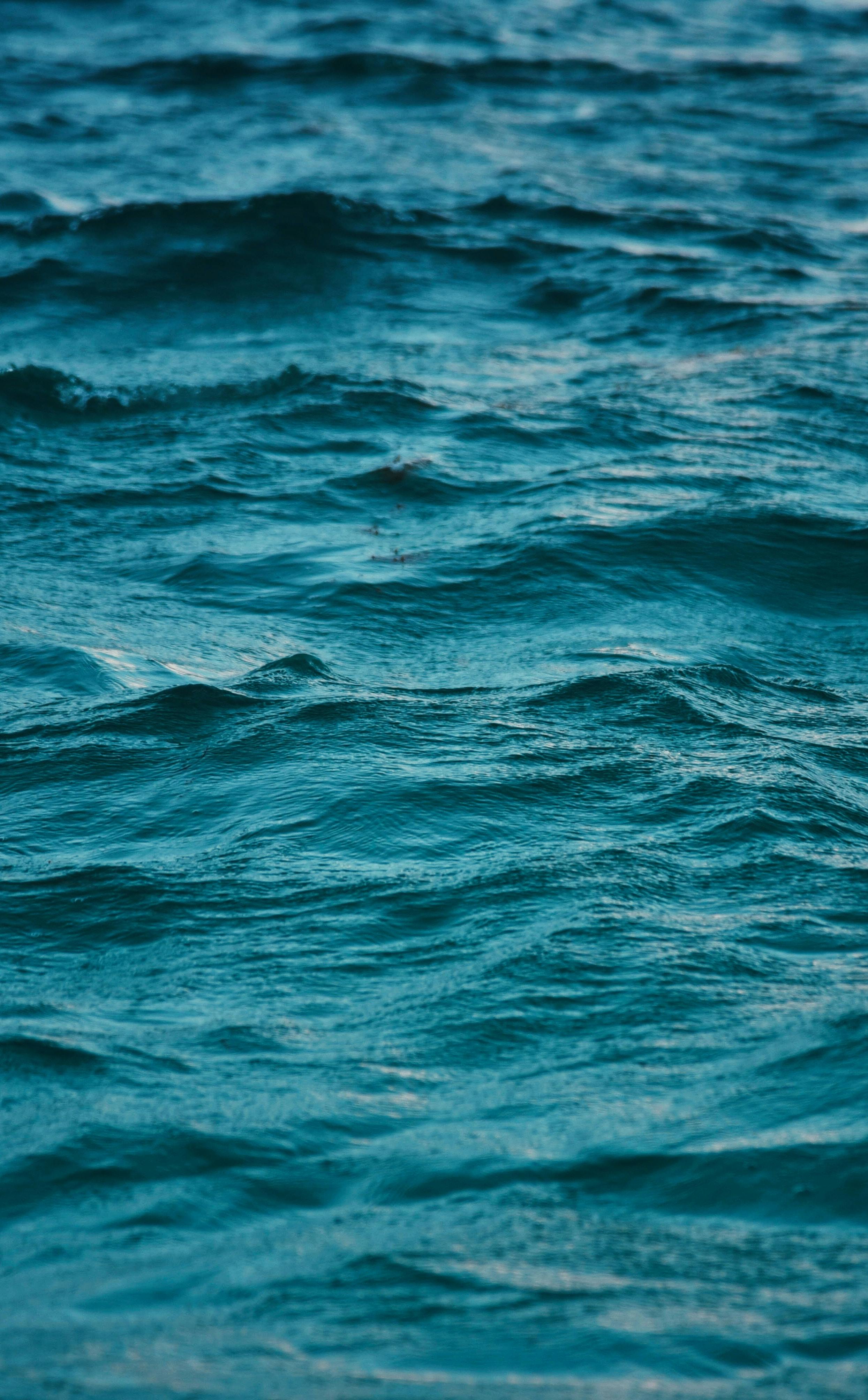Editor’s note: This story originally appeared on Massive Science, an editorial partner site that publishes science stories written by scientists. Subscribe to their newsletter for even more science delivered straight to you.
The Caribbean Sea bordering Grand Cayman’s Seven Mile Beach is a startling aquamarine color. Over 1,500 miles away, the Atlantic Ocean next to Coney Island is a dark bluish-green. And Bondi blue, the color of the original iMac computer, was named after the teal hue of the Tasman Sea off the coast of the eponymous Sydney beach.
Pollution isn’t to blame for these stark differences. As light bounces off and passes through water, it reflects the color blue back to our eyes, but microscopic algae and tiny sediments known as colored dissolved organic matter muddy the metaphorical waters and cause oceans to appear green, red, or brown.

Now, scientists are trying to use these microscopic sediments to help them better predict climate change.
Ocean color has become a vital metric in climate science in recent years, since it is difficult, if not impossible, to measure surface temperature across the world’s vast oceans. Instead, equations relate color to temperature, transforming satellite images into de facto heat maps. Understanding what drives ocean color can then help climate scientists fine-tune their equations.
You may not realize it, but you encounter colored dissolved organic matter, or CDOM, all the time. They’re an indicator of soil runoff close to shores and products of living creatures in open water. Think about what happens when you brew tea or leave a rose in a vase for too long. The water starts to turn brown — CDOM causes that color change.
Now, two new studies have shown the important role this organic matter can play in modeling ocean temperature in response to a warming climate.
One model that incorporated phytoplankton and CDOM more quickly picked up ocean warming due to climate change than one that didn’t. And when CDOM was factored into a sea surface temperature model, it increased the amplitude of extreme temperatures, meaning the hottest months become even hotter and the coldest months even colder. These changes resembled observed trends in recent summers and winters, but a strong correlation still means that there’s no direct proof that CDOM is to blame. The two studies, published in the journals Nature Communications and Geophysical Research Letters, demonstrate the need for increased surveillance of ocean color as well as climate models that better represent biological processes.

“These studies show that scientists aren’t going to get satisfactory forecasts or models or predictive powers if they don’t incorporate [CDOM and chlorophyll],” says Heidi Dierssen, a professor of marine sciences and geography at the University of Connecticut who was not involved with either study.
“This is incredible new work that they’re doing that’s really going to change some of the ways that we’ve done climate modeling in the past,” she adds.
Ocean modeling is standardized by the Coupled Model Intercomparison Project, an international collaboration among the International Science Council, the World Meteorological Organization and the Intergovernmental Oceanographic Commission of UNESCO. The project’s models, updated every few years, are used in reports by the Intergovernmental Panel on Climate Change (IPCC). But for years, these models did not factor in CDOM or chlorophyll, the green pigment that allows phytoplankton to conduct photosynthesis.

Climate change affects phytoplankton in clear ways — studiesshow that phytoplankton die off as oceans warm. With this in mind, Stephanie Dutkiewicz, an oceanographer at the Massachusetts Institute of Technology and lead author of the Nature Communications paper, set out to improve the accepted method of measuring the tiny producers. Previously, the standard had been to estimate phytoplankton using overall ocean color, without filtering for specific ranges. But Dutkiewicz found that determining temperature from blue-green light alone — the color range of phytoplankton and CDOM — made for a finer-tuned model. Starting with data from the present day, the researchers modeled a “business as usual” scenario in which sea surface temperature would rise 3 degrees over the 21st century. The blue-green spectrum model recognized unambiguous climate change earlier and in more regions of the ocean than the standard method for estimating phytoplankton: By 2100, it showed a significant trend in over 63% of the ocean, compared to 31% with the standard model.
“It’s only recently that climate modelers have started incorporating this level of optical complexity into our models, and relatively few studies have been done to look at what impact it has,” says Anand Gnanadesikan, an oceanographer at Johns Hopkins University and lead author of the Geophysical Research Letters study.
Gnanadesikan was aiming to quantify the largest impact CDOM could have on sea surface temperature, a key measure of climate change. To do this, he and colleagues modeled extremes on either end of the spectrum — the hottest and coldest months — with and without colored dissolved materials. The difference between the two models is striking: the one with CDOM increased the amplitude of the seasonal cycle in some regions by over 2 degrees Celsius — an “enormous” amount, Dierssen said.

One reason most climate models have not yet factored in CDOM is processing power. The more variables a model incorporates, the slower it runs and the more powerful a computer it needs. But as processing power continues to increase, models are able to become increasingly sophisticated.
Another reason is that historically, the fields of climate modeling and ocean color have been populated by different researchers without much overlap.
“If I go to an ocean color conference, there might be two or three other climate modelers there, one of whom is Stephanie Dutkiewicz,” Gnanadesikan says. Their work, he adds, is at the interface of these two somewhat separate communities.
The teams of scientists behind the two new studies readily admit their models leave something to be desired. Dutkiewicz says her paper’s model factored in CDOM “quite crudely,” and Gnanadesikan cautions against trusting any one model, since different variables and assumptions lead to different conclusions. Nevertheless, both authors say they hope their models will be used and refined by climate modelers.
“There’s a statement which says all models are wrong but some are useful … and I think that is something to keep in mind,” says Dutkiewicz. “They won’t be right, they won’t be exactly accurate, but we can use them as a tool to try and understand things that we can’t actually go out and measure or monitor.”